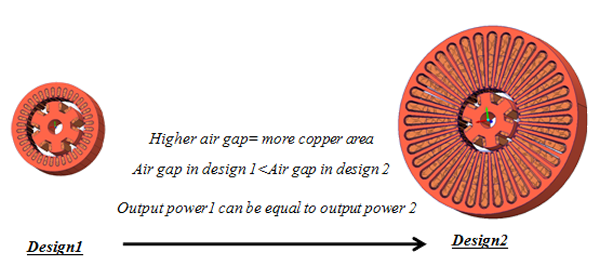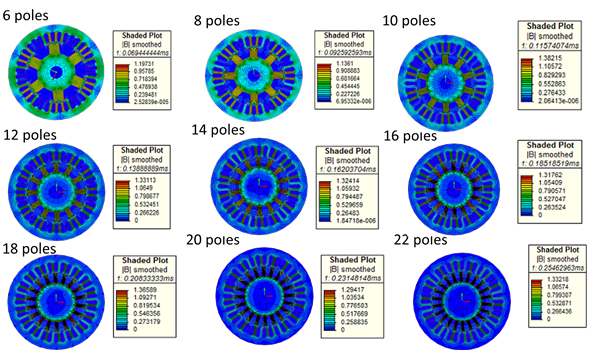The research group at Energy system research laboratory has conducted extensive research on the common stator project. The main research effort, within this collaborative project, identified for FIU, is to design a common stator frame for surface mounted PM synchronous machines and wound rotor synchronous machines. As identified in this project tasks, ESRL researchers have been sharing their findings with researchers from TAMU and RPI who are conducting similar efforts with different types of machines. This report details the design, simulation, and experimental verification which have been conducted on our selected machine types. The focus of ESRL group is studying the design of wound rotor synchronous motor (WRSM) and PM synchronous motor (SPM) sharing the same stator.
The various steps in this project summarized as:
- Classic design of WRSM and SPM
- Physics-based modeling of WRSM and SPM
- Design of optimization process
- HIL-based current adjustable load
Studies shows that the WRSM is a lower energy density machine comparing to a SPM machine, therefore the designed stator for a 2hp SPM machine will have a lower volume comparing to the designed stator for a 2hp WRSM machine.If we create two similar WRSM and SPM with the same shaft radius, air gap length, and same stator the current density in the field winding of the WRSM exceed from normal values.
If we limit the current in the field winding of WRSM, then for keeping the power rating of the machine, an increase in the stator current and therefore the required area for conductor is required.The studies shows that the slot area should be determined based upon the maximum air gap length for wound rotor machine in radial direction. The studies shows that the back iron and teeth width in common stator should be determined based upon the minimum air gap length for PM rotor machine.
For more details contact Dr. Osama A. Mohammed







